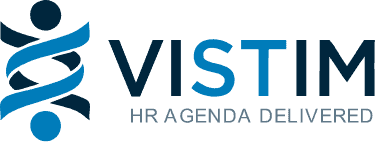In many circumstances, but especially at work, the first impression matters a lot. Offering a positive onboarding experience to your new employees will speed up their integration and contribute to build their long-term engagement. Although HR and the management usually agree on the importance of getting this step right, onboarding is often neglected or rushed out.
According to Gallup only 12% of employees strongly agree that their organization does a great job onboarding new employees.
The impact of Onboarding
A good onboarding experience engages employees by immersing them right away in the company culture. Research shows that employees who felt their onboarding was effective were 18x more likely to feel committed to the organization.
In contrast, a bad onboarding experience is well-known to increase employee turnover. The main reason for up to 68% of people leaving their jobs after only three months is how their employers handled the onboarding process.
Failing on employee’s onboarding can thus have direct and indirect negative impact for the company: from a lack of motivation to a poor reputation, not mentioning the financial impact of high turnover.
On the other side, onboarding is an opportunity to deliver on the Employer Value Proposition and promises made during recruitment, which can then have an impact on your employer branding on the market.
Onboarding covers the period from contract signature to trial period confirmation.
Tips for success
Here is some things to keep in mind to get it right:
- Prior arrival: who to inform internally and externally, how long in advance, what to prepare (desk, phone, access badges…) , what documents to send to the future joiner (i.e. Corporate documents to read / sign: staff handbook, key policies, practical information, health and safety).
Tip: call the new joiner to check if they have any questions before their start day!
- On first day / week: who will welcome the employee on arrival, office tour, introduction to team, mentor and other key stakeholders
- Introduce key HR, Compliance and IT policies
- Introduce the Company culture and values.
Tip: Provide a detailed planning for the first weeks including key meetings, appointment, mandatory trainings already scheduled.
- Week 2 – end of trial period: schedule regular check points with the manager and HR; fix short term objectives and assess outcome; identify any immediate training needs; address any early problem identified; gather feedback on the employee’s experience.
Tip: confirm the end of the trial period with a nice and engaging personal letter.
- Quarterly / half-yearly: organize networking events with your recent joiners
- Annually: review the onboarding process and address any gaps
It takes a bit of time to set up the right onboarding process that suits your needs and those of your new joiners, but this is surely a very good investment and an unifying event.
Let us know where you are with your onboarding process!



